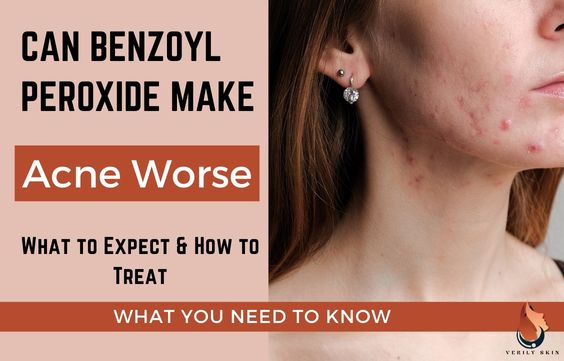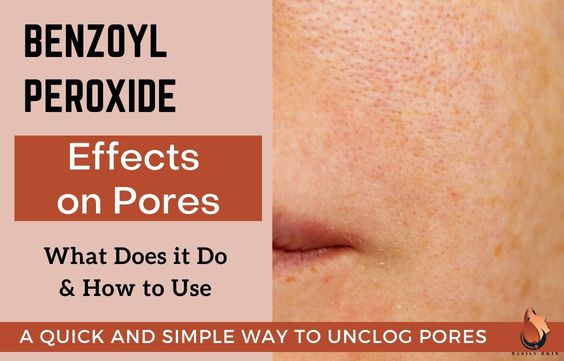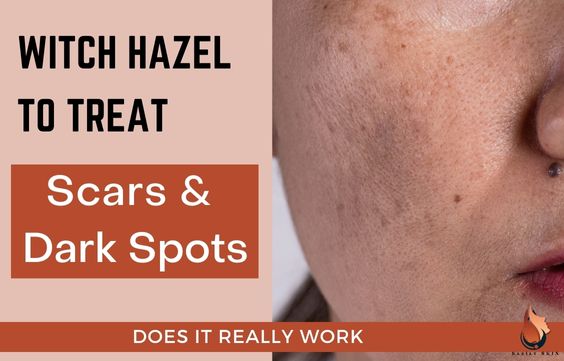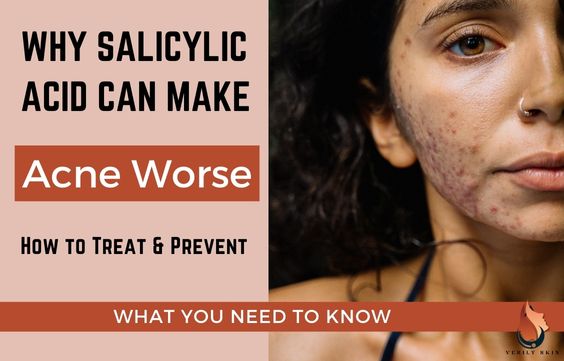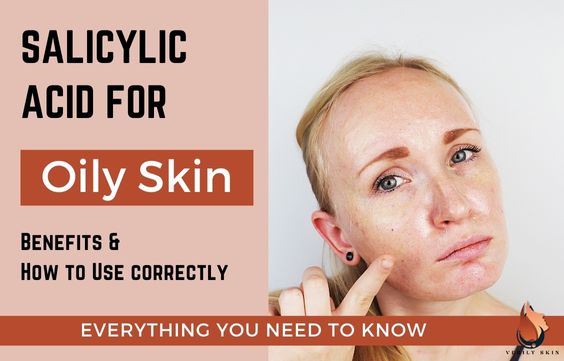Tretinoin for Stretch Marks: Does it Really Work & Risks
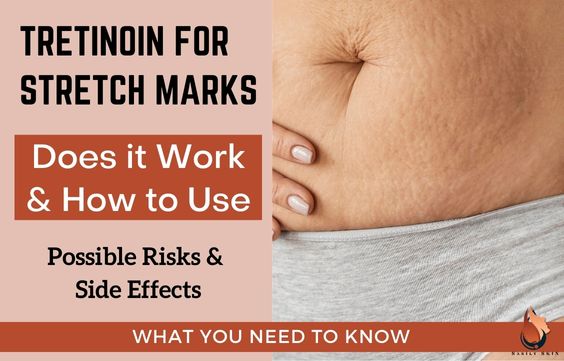
Tretinoin is a derivative of Vitamin A (retinol), sometimes known as All-Trans Retinoic Acid (ATRA). It is usually used to treat acne, hyperpigmentation, wrinkles, and other structural abnormalities of the skin.
In this article, we’ll talk about how we can use tretinoin for stretch marks and how effective it is expected to be.
What Exactly Is A Stretch Mark
According to the American Association of Dermatology, a stretch mark is a type of scar that occurs when your skin stretch and shrinks abruptly.
When this happens, the collagen and elastin fibers that support your skin in that area rupture, leaving a band-like appearance where the fibers used to be.
People are most likely to develop stretch marks during the following:
- Growth spurts
- Pregnancy
- Rapid weight gain or weight loss
- Weight training and rapid muscle growth
Stretch marks usually start out as pink or red marks (called Striae Rubrae). This is considered the acute or early stage of stretch mark development. They are the easiest to treat in this stage.
However, eventually, over months and years, they can transform into white marks (called Striae Albae). This is considered the old/chronic or mature stage of stretch mark formation. They are the hardest to treat during this stage.
How Does Tretinoin Work For Stretch Marks
Tretinoin speeds up cell turnover and stimulates collagen and elastin synthesis in the skin.
When Tretinoin is applied to the area where the stretch marks are (where the collagen and elastin fibers have ruptured), it stimulates the skin cells there to make new collagen and elastin while resurfacing the skin to get rid of old, damaged cells.
Over time, as the skin structure improves, the marks begin to fade and look like normal skin.
Will Tretinoin work for old & new stretch marks?
Tretinoin is most effective when used on early stretch marks (when they are still red/pink) that are a few weeks to a few months old. However, it does have some benefits for older stretch marks.
One study showed that after 2 months of treatment with 0.1% tretinoin applied daily, early stretch marks began to show improvements. After 6 months of consistent treatment, there was a significant reduction in the length and width of stretch marks in 8/10 patients.
However, for old or mature stretch marks, there were limited improvements. Many professionals recommend using laser and light therapy, microdermabrasion, microneedling or cosmetic surgery for old, stubborn, white stretch marks. These often work faster and better than tretinoin with less skin irritation over time.
Related Article – Tretinoin For Under Eye Circles & Wrinkles: What to Know
How To Use Tretinoin For Stretch Marks
Tretinoin is a prescription-only medication. Therefore, its procurement, dosage, and use will need to be approved and guided by a dermatologist.
How Much & How Often To Use
Most doctors start with low doses and low frequencies of use so that your skin can get used to the treatment before increasing them to daily use or higher concentrations.
Keep in mind that tretinoin is a very strong medication that can irritate the skin if used incorrectly.
If you do not have sensitive skin, your derm may start you off with 0.025% or 0.05% tretinoin to be applied once per day, 1-2 times a week, for 4 weeks. Depending on how your skin reacts, they will then gradually increase the frequency until you can safely apply it every day.
Depending on the severity of your stretch marks and your skin’s reaction, they will eventually consider increasing the concentration, usually up to no more than 0.1%. This is the strongest approved concentration of tretinoin for topical treatments.
Related Article – Tretinoin for Hyperpigmentation: How To Use & Is it Good
What To Use With Tretinoin
The best way to minimize irritation from tretinoin is to moisturize religiously and to always wear SPF.
Moisturizing will keep the skin healthy and soften the effects of tretinoin on the skin. SPF will prevent your now even more sensitive skin from getting damaged by the sun and environment.
Related Articles:
How to Moisturize When Using Tretinoin – What to Do & Use
5 Best Oils to Use with Tretinoin & How to Use Correctly
Also, avoid using other active ingredients like acids and chemical exfoliators while using tretinoin. This will be too much stripping and stress for your skin all at once.
How Long Will Tretinoin Take To Work
How soon you see results from using tretinoin for stretch marks will depend on how severe the stretch marks are, how old they are, and your skin’s reaction.
However, you should start to see some difference in at least 2 months.
Keep in mind that tretinoin is not a one-time fix or a magic solution. It can take up to six months to see significant improvements in your stretch marks, especially if they are severe and old.
Side Effects and Risks Of Using Tretinoin For Stretch Marks
Since tretinoin is so intense, using it comes with some side effects that can be damaging to the skin if not used correctly.
However, in the first few weeks of treatment, you should expect to have mild to moderate dryness, peeling, itchiness, and redness. This is normal, especially if you have never used tretinoin before. As your skin adjusts, these side effects should go away.
If after a few weeks, the side effects do not go away, or they get worse, talk to your doctor right away. Keep an eye out for:
- persistent or worsening irritation
- excessive tenderness or pain in the area
- blistering, crusting
- swelling
- excessive redness
- temporary change in skin pigmentation
These are signs that the tretinoin treatment is too intense for your skin. You will either need to lessen the concentration and/or frequency of use or consider using an alternative treatment.
Video: Everything you need to know about stretch marks and treatments,
Other Related Articles
1-Tretinoin for Hyperpigmentation: How To Use & Is it Good
2-Tretinoin for Oily Skin – How to Use, Benefits & Risks
3- Tretinoin for Dark Underarms: How to Use Safely & Benefits
4-Tretinoin For Under Eye Circles & Wrinkles: What to Know
5-Tretinoin After Microneedling – When & How to Use
Sources
Stretch marks: Why they appear and how to get rid of them
Types of stretch marks – MyMed
Tretinoin – StatPearls – NCBI Bookshelf
Topical tretinoin (retinoic acid) improves early stretch marks
Tretinoin Cream: Skin Benefits, How to Use, Side Effects
Ways to get rid of stretch marks – MyMed
The Best Treatments for Stretch Marks, According to Derms
MDCS – You Don’t Have to Live with Stretch Marks — Here’s How to Get Rid of Them

